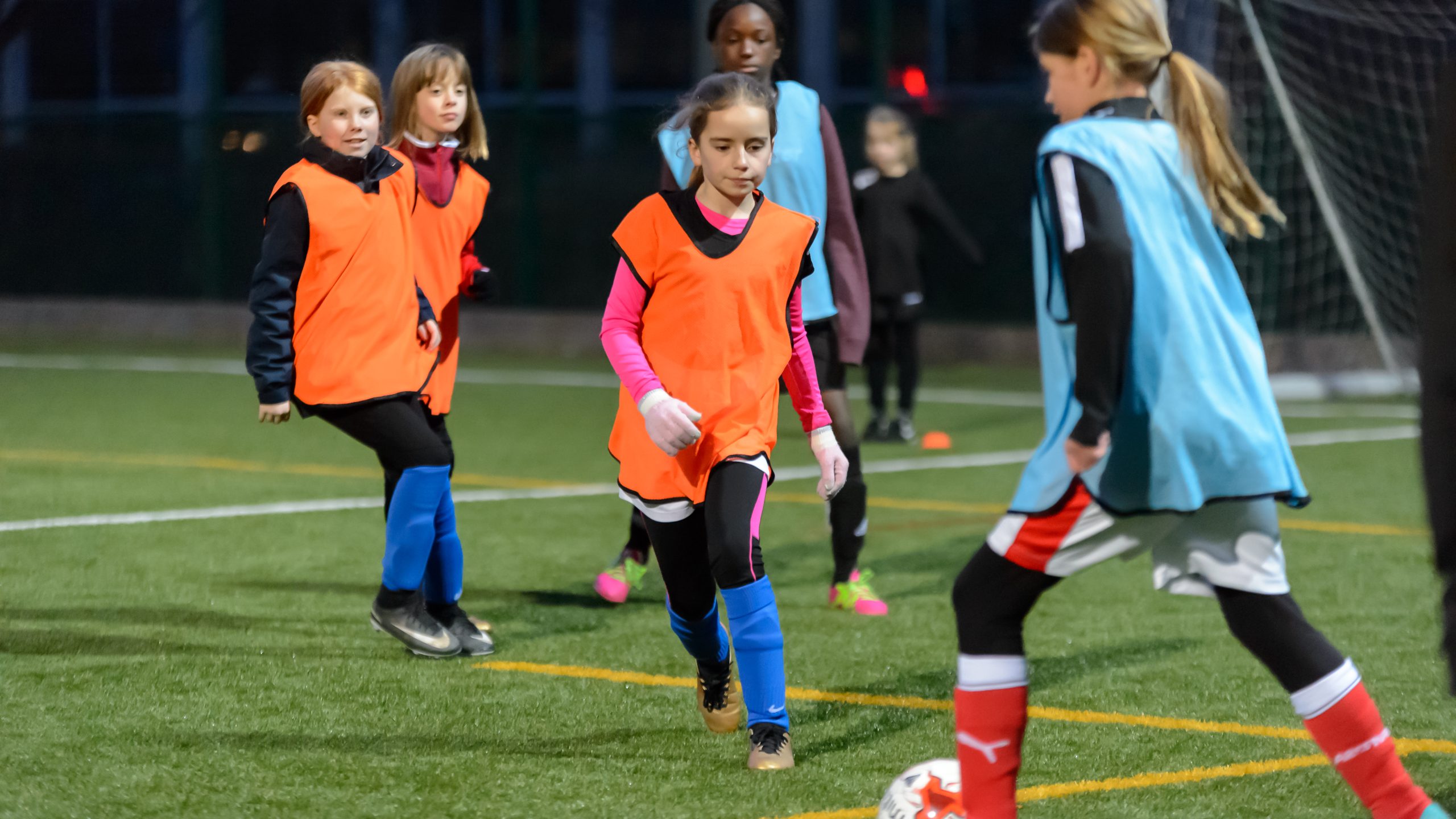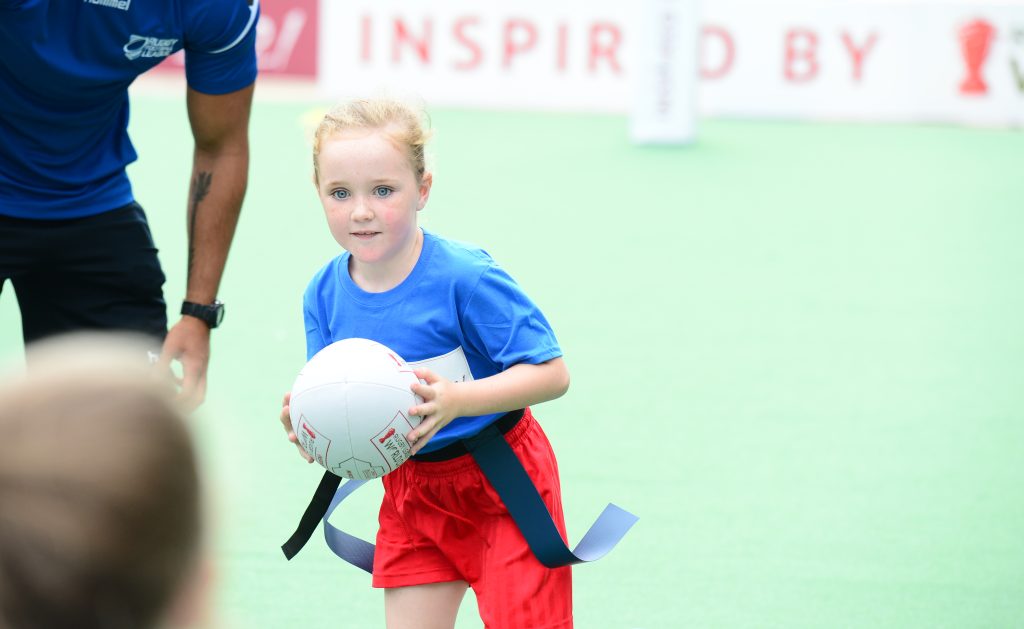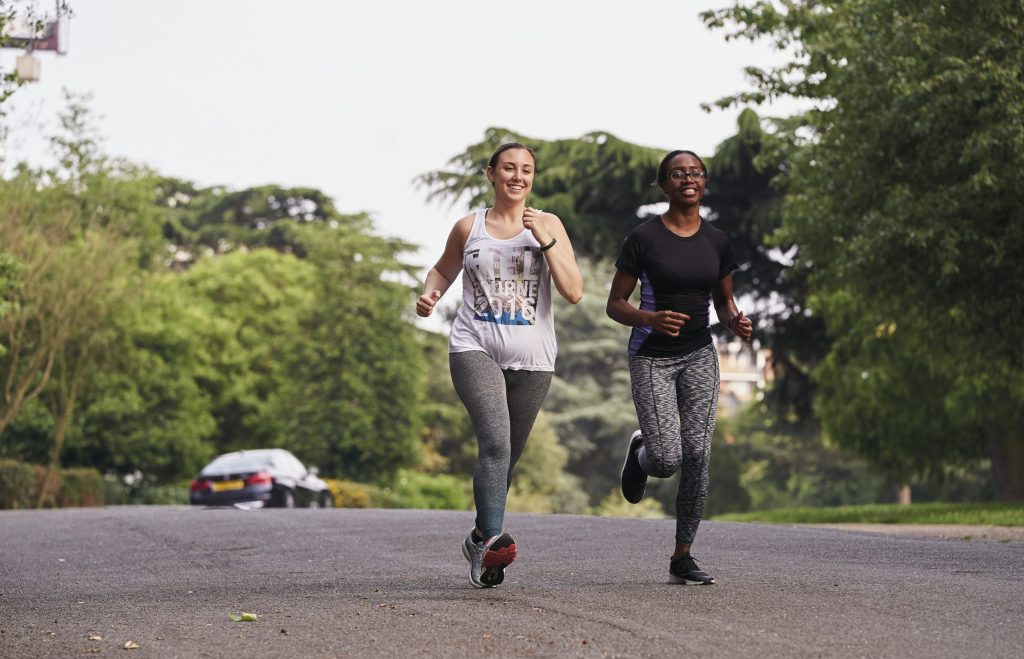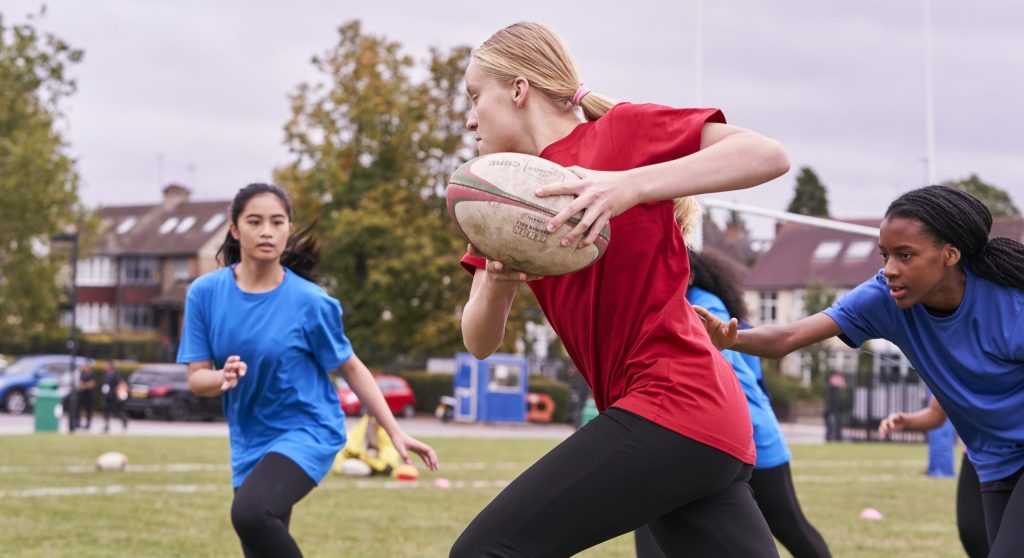Gender equality has increased in recent years across society but this change has not been organic and nor is further progress inevitable. Markets don’t tend to self-correct any more than turkeys vote for Christmas. The progress to date with gender equality has been as a result of resilient individual women who broke through the glass-ceiling, long campaigns and deliberate interventions. Legislation on gender pay gap reporting[1] has raised awareness of pay inequality, and the Davies and the Hampton Alexander Reviews helped to drive up the proportion of women on FTSE100 boards (from 7% in 1999 to 34.5% in 2020[2]).
In the U.S.A. Title IX of the Education Amendments of 1972 required that bodies, including Colleges and Universities, that receive federal financial assistance provide equal educational resources to students of both sexes. Uniquely on a global level, in the U.S.A. many college sports are so popular that they compete with professional championships for prime broadcast, print coverage and top athletes. Hence Title IX led to a substantial uplift in investment in female athletes.
Women in Sport believes that strategic intervention is also required in the UK to accelerate gender equality in sport from grassroots to elite. Stubborn and pervasive gender stereotypes still limit the aspirations of, and opportunities for, girls and women to play sport and enjoy exercise. And the appalling history of exclusion of women from sport means that even recent progress is off the back of a very low starting point. We believe the introduction of gender budgeting must be employed if we are to correct the system.
Where is public money and sports investment going now?
Money spent on sport and physical activity is not gender neutral. Whether it is spent by the UK or devolved governments, local authorities, sports councils, or national governing bodies, and whether it is spent on facilities, equipment, coaching or particular teams, it has different, often unequal impacts on women and men. Likewise, there is inequality in the gender balance of beneficiaries of non-financial resources allocated to sport and physical activity, such as volunteer hours or access to facilities.
It can be as simple as a sports club spending more money on their boys’ team than their girls’ team, but it can take more insidious forms as well. Take, for example, money spent on building a new sports facility. Ostensibly this is a gender-neutral investment – it should benefit men and women equally – but when you dig into facility usage, it could turn out that far more men are using it than women.
With women’s physical activity levels still lagging behind men’s in almost every age group, Women in Sport have good reason to believe that the public and national lottery money we spend on sport and physical activity is benefitting men more than women, boys more than girls. This in turn means that more women and girls are missing out on the health, economic and social benefits of sport and physical activity. But as it stands, we do not systematically collect the data on whether money spent or allocation of non-financial benefit women or men. As we strive to improve gender equality in sport, without this information we can’t understand the full picture and inform the changes necessary.
What is Gender Budgeting?
Gender budgeting isn’t about calling for each and every sport to spend the exact same amount on men and women’s sports. “Gender budgeting, or gender-sensitive budgeting, is a process that examines (at all stages of the process) how budgets respectively benefit women and men and that changes budgetary allocations accordingly so that funds contribute to gender equality”[3].
The Women’s Budget Group sets out that this means thinking about impacts on people, including women and men, girls and boys, of:
- How money is raised (for example fees) and how revenues are lost (for example unproductive incentives);
- How money is spent (including spending on services, programmes or infrastructure);
- Whether spending is sufficient to meet the practical and strategic needs of men, women, girls and boys, while at the same time contributing to closing the gender gap;
- How decisions on raising and spending money affect unpaid care work and subsistence work, and the distribution of these between genders; and
- Whether spending in practice matches budget plans[4].
At its best, gender budgeting is a powerful tool which allows organisations to accurately assess the situation of women and men, to understand their different needs and priorities within the context of sport and to make budgetary changes accordingly.
What do we want to see happen?
- Public Reporting of Spend – currently we don’t know how much public money is being spent on girls’ and women’s sport and leisure, versus men’s and boys’. Yet sizeable investments are made each year in sport by UK, devolved and local governments, Sports Councils and National Governing Bodies, major brands and sponsors. Our first call is for these bodies to collect and analyse sex-disaggregated financial data in a way that makes such resource allocations transparent.
- Gender Budgeting Rolled Out – once systems are in place we call on UK and devolved governments, central and local, Sports Councils and National Governing Bodies, major brands and sponsors to introduce gender budgeting in their systems. This may ultimately require intervention, such as government grants being awarded on the condition that gender budgets are prepared and reported upon.
[1] The Equality Act 2010 (Gender Pay Gap Information) Regulations, 2017
[2] Vinnicombe et al, 2020
[3] Conseil de l’Europe – brochure A4 portrait (coe.int)
[4] Rough Guide to Gender-Responsive Budgeting (wbg.org.uk)




